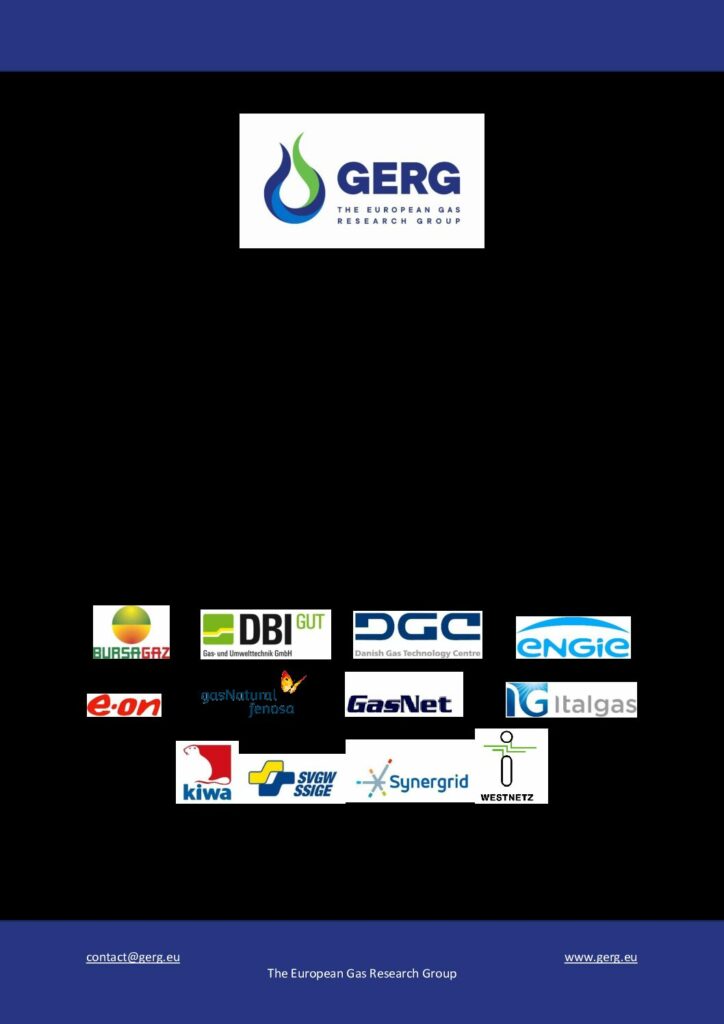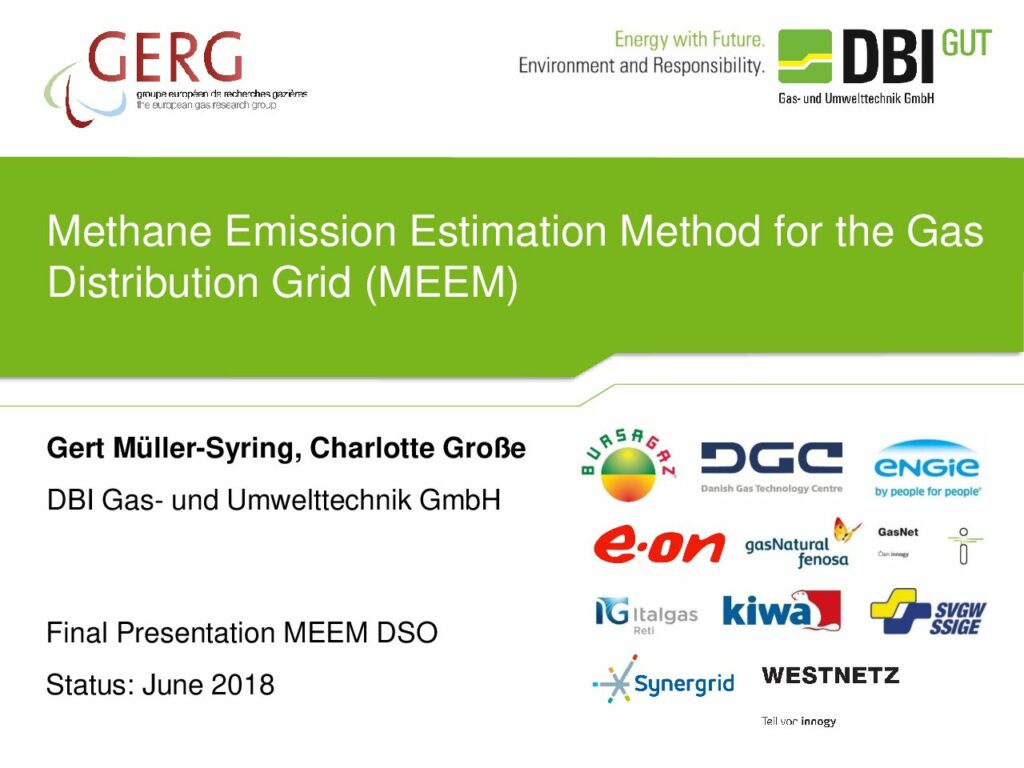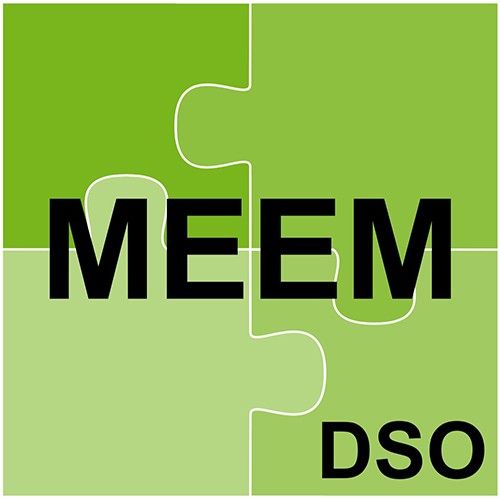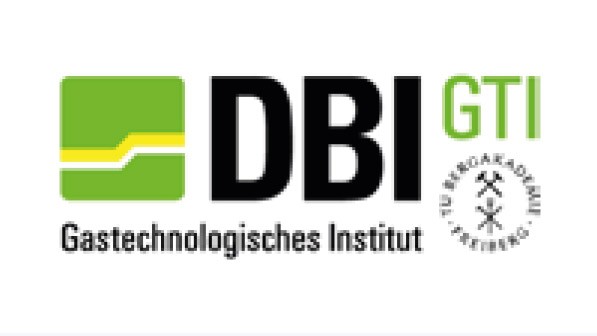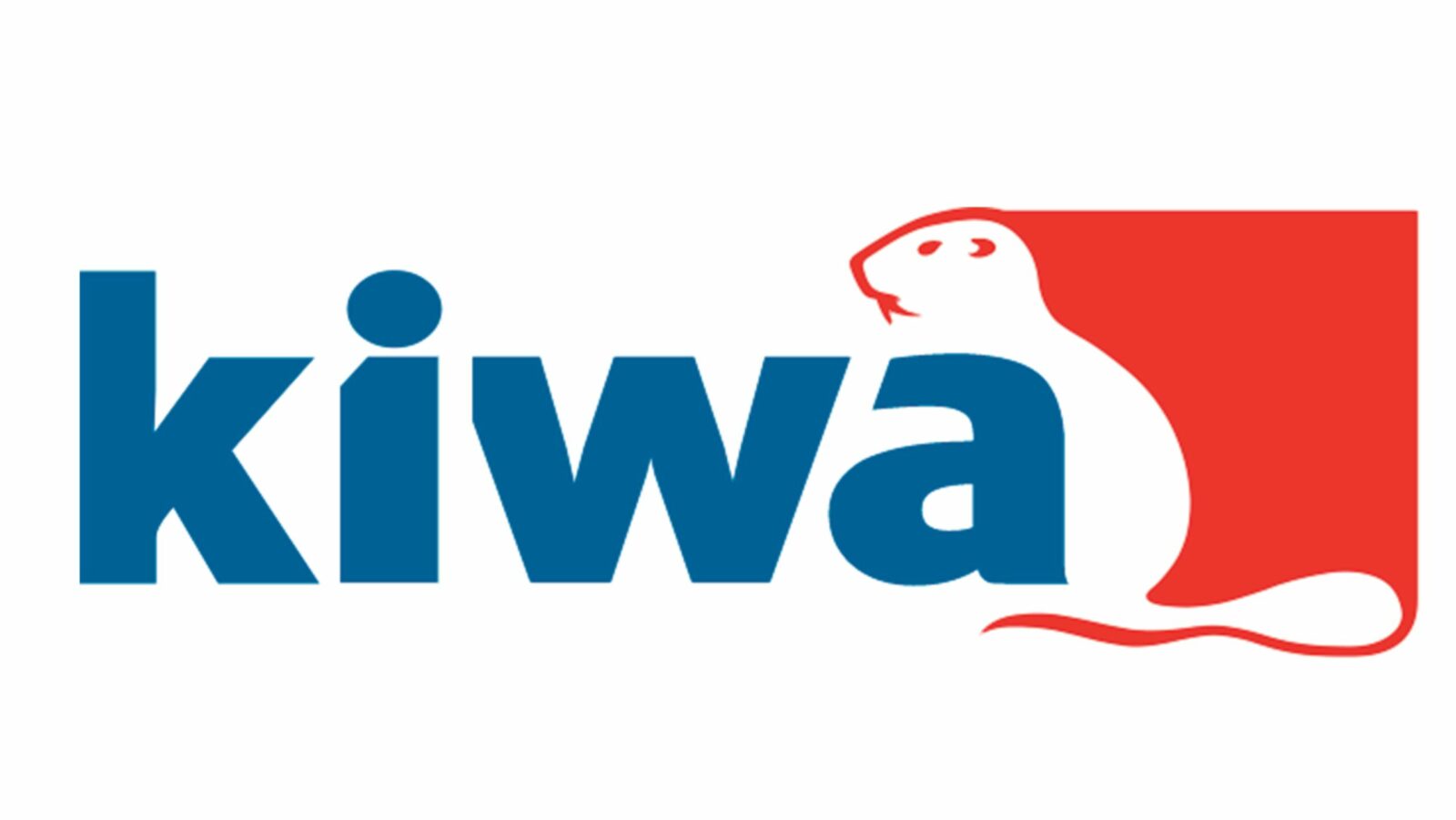Methane, which is 25-times more potent in a 100-year time horizon as a greenhouse gas than CO2, has become an increasingly important topic. The different approaches/methods for methane emission estimation were very different in Europe. This put the gas industry in a difficult situation as there were some complications to identify them consistently. There was thus a need to define a consistent, transparent, reliable and accurate method for its estimation in order to reduce the greenhouse gas emissions.
With this in mind, the “Development of an Accurate and Consistent Method for Methane Emission Estimation from the Gas Distribution Grid” project – or MEEM DSO for short – was aimed to develop a pan-European method to estimate gas grid methane emissions.
This project is the second phase of the project “Analysing the Methods for Determination of Methane Emissions of the Gas Distribution Grid” that was initiated in November 2014 by GERG members.
The project was divided in two different phases. The first one consisted of an analysis of the methods used to determine methane emissions from the gas distribution grid while the second one developed an accurate and consistent method for methane emission estimation from the gas distribution grid.
Both phases I and II are now finished, and the final documents are available (see below).
The main results of the project were:
- An Excel model was developed, which includes all relevant equations and assumptions to support national or company emission estimates.
- MEEM is as accurate as possible with reasonable effort, enabling a consistent pan-European application.
- MEEM provides the potential for estimation with different levels of detail.
- Some challenging input parameters have been identified. Those parameters are currently estimated by expert assumptions from the group and should be validated in future follow-up research.
- Not all relevant input parameters are available in every country, the need for further measurements, updating of statistics, etc. has been identified.

